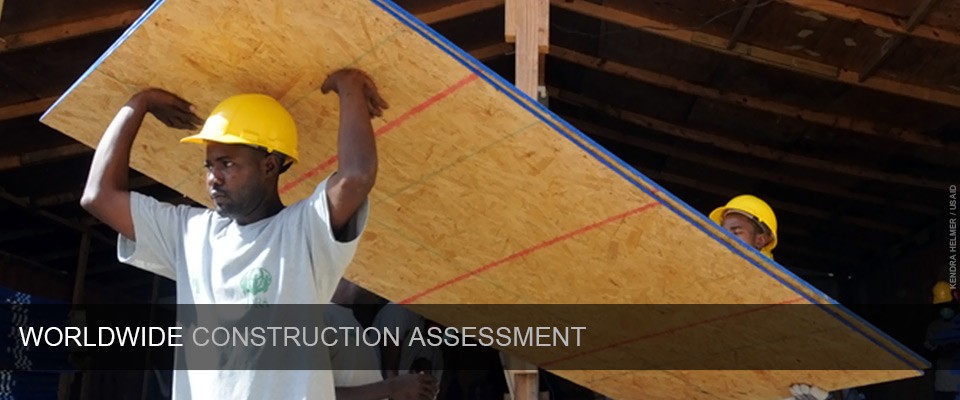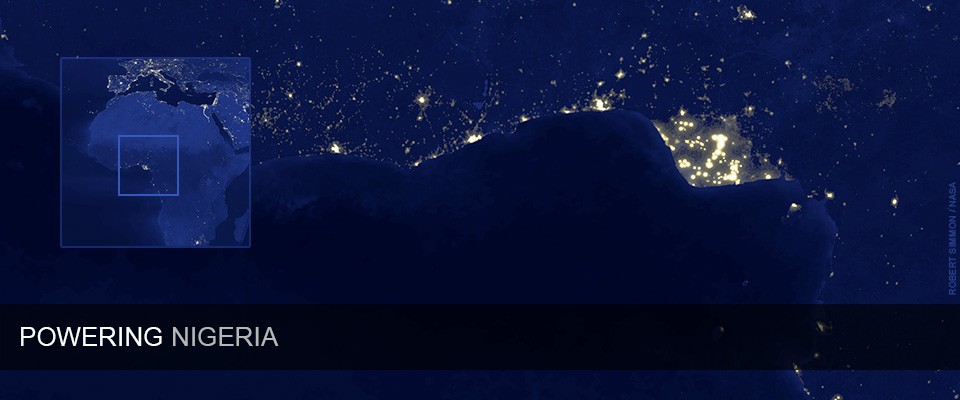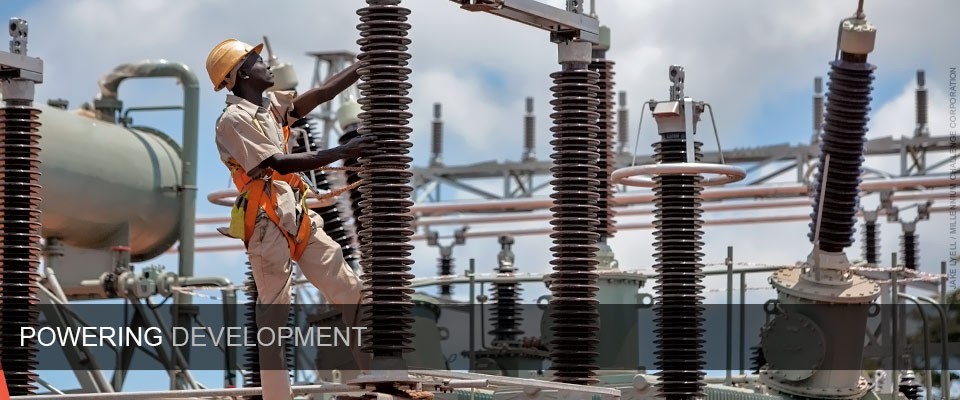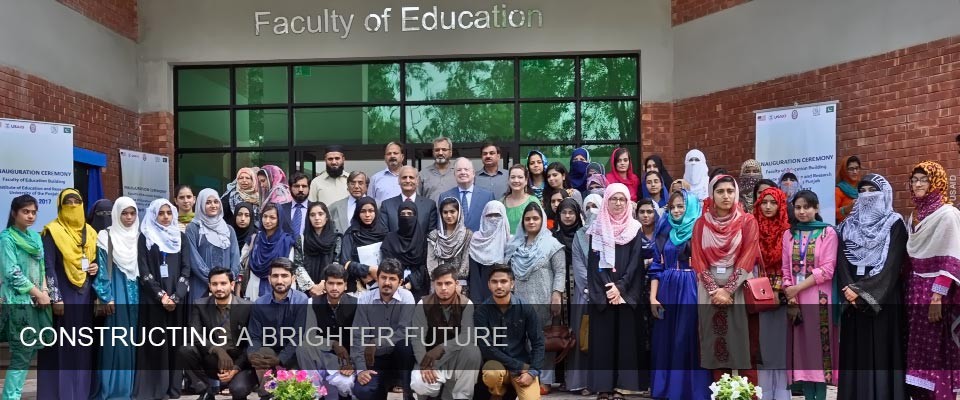- Who We Are
- Mission, Vision and Values
- Organization
- Leadership
- Office of the Administrator
- USAID at 60
- Bureaus
- Africa
- Asia
- Europe and Eurasia
- Latin America and the Caribbean
- Middle East
- Bureau for Development, Democracy, and Innovation (DDI)
- Bureau for Resilience and Food Security
- Global Health
- Legislative and Public Affairs
- Management
- Policy, Planning and Learning
- Foreign Assistance
- Bureau for Conflict Prevention and Stabilization
- Bureau for Humanitarian Assistance (BHA)
- Center of Excellence on Democracy, Human Rights and Governance
- Office Of Economic Policy
- Office of American Schools and Hospitals Abroad
- Office of Education
- Office of Energy & Infrastructure
- Office of Food for Peace
- Office of Forestry and Biodiversity
- Office of Gender Equality & Women’s Empowerment
- Office of Global Climate Change
- Office of Land and Urban
- Office of Local Sustainability
- Office of Private Capital and Microenterprise
- Office of Program, Policy, and Management
- Office of Trade & Regulatory Reform
- Office of U.S. Foreign Disaster Assistance
- Office of Water
- Independent Offices
- Mission Directory
- Advisory Committee
- Board for International Food and Agricultural Development
- Mission Directors
- Coordinators
- USAID History
- Operational Policy (ADS)
- Transparency
- Resource Portal
- The Journey to Self-Reliance
-
Learn More
USAID’s global construction portfolio includes a broad and rich array of activities throughout the world.
-
Learn More
U.S. businesses are finding new opportunities through the U.S. Electrify Africa Act.
-
Learn More
USAID partners to finance power projects across East and Southern Africa
-
Learn More
New Faculty of Education building in Pakistan will “advance not only the quality of teacher training, but also the development and prosperity of Punjab.”
Speeches Shim
Resilient infrastructure, including a sustainable energy sector, is the critical foundation for inclusive, sustainable growth and essential to a country’s self-reliance, supporting nearly all sectors, including health, education, and the environment.
Infrastructure is more than just bricks and mortar.
Affordable, reliable, and sustainable infrastructure including roads, water treatment, and power supplies, underpin nearly all of USAID’s development objectives. USAID’s approach to infrastructure improvement involves establishing sustainable service providers and institutions that can build, operate, and maintain critical infrastructure effectively. USAID helps partner countries apply globally accepted best practices in construction, engineering, and energy systems including the establishment of strong legal and regulatory frameworks necessary for attracting private investment and expertise.
USAID’s infrastructure investments are crucial to helping our partners transition from aid recipients to global trading partners. The focus on quality, transparency, and service delivery maximizes infrastructure investment benefits, provides critical foundations for achieving broader development goals, and allows countries to participate in the regional and global markets that foster economic growth.
The Energy and Infrastructure Office (E&I) within the Bureau for Economic Growth, Education, and Environment (E3), serves as a repository of technical expertise for USAID’s worldwide infrastructure portfolio, providing professional engineering support and technical guidance in the design, management, and monitoring and evaluation of USAID construction and energy projects.
Energy
Progress continues as more than a billion people have gained access to electricity since 2010, and prices for clean energy technologies continue to fall. But, electricity connections and technology costs are only part of the equation. Power utilities must also be able to collect enough revenue to cover their operating costs and invest in maintenance and expansion of their networks, if they are to provide affordable, consistent power. Likewise, governments must create the policy environments that allow the sector to operate in an efficient and effective manner.
More must be done to meet the needs of almost 800 million people worldwide who still lack access and many more who suffer from poor service quality, including frequent and long power outages. Therefore, USAID promotes the energy sector reforms that improve both governance and utility performance—prerequisites to private investment, reliable access, and sustainability.
Technical assistance from the office’s Energy division allows host country governments and power utilities to adopt international best practices in the design and implementation of critical legal, regulatory, and policy frameworks necessary to ensure secure, sustainable, and reliable energy supply and distribution. USAID support also helps utilities procure sufficient power at affordable prices and institute the internal reforms necessary to reduce losses, improve service delivery, and collect sufficient revenues that support self-sustaining operation and limit the need for burdensome government subsidies.
USAID pursues a technology-neutral approach in its energy programming to help countries make smart energy investments that can meet a variety of national goals, such as affordability, security, reliability, and improved environmental quality. As such, USAID supports the utilization of a wide range of energy resources, from increasingly low-cost renewable energy technologies to natural gas, in order to reduce air pollution, ensure energy security, and increase power reliability for both on-grid and off-grid customers.
Engineering
The office’s Engineering division provides professional architectural and engineering support for, and risk management of, USAID’s global, $2 billion per year, construction portfolio.
The Engineering Division supports USAID Bureaus, Missions and other operating units in three key areas:
Technical Assistance: The division’s engineers and technical staff support missions directly on the design and implementation of both large and small-scale infrastructure activities through virtual and TDY assistance. The Division manages USAID’s primary mechanism for facilitating access to U.S. engineering firms. Areas of support under the mechanism include engineering design, construction procurement support, and construction supervision (quality assurance), among other tasks. The Division also manages an engineering surge support mechanism that provides rapid, on-demand, technical support for short-term assignments.
Policy Support and Risk Management: In response to the worldwide USAID Construction Assessment released in 2014, the division has implemented the Agency’s Construction Improvement Program to better track construction and facilitate the use of industry best practices across USAID’s construction portfolio. The division guides the development and implementation of USAID construction policy and helps to ensure compliance through facilitating and monitoring construction risk screening for all new activities.
Training, Resources, and Outreach: The division serves as a knowledge hub for USAID engineers and professionals working in infrastructure development. The division continues to develop, teach, and promote Agency construction policy and build the capacity of USAID staff to manage complex architectural and engineering challenges effectively through the development of training and knowledge-sharing opportunities.





Comment
Make a general inquiry or suggest an improvement.